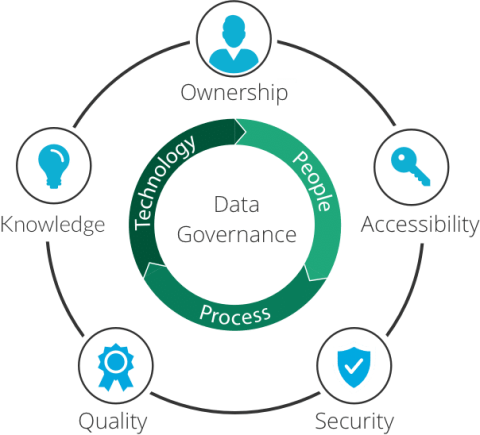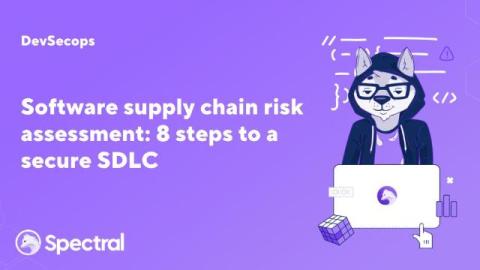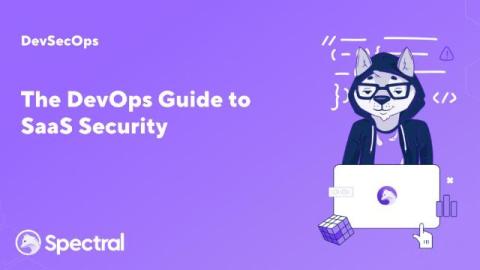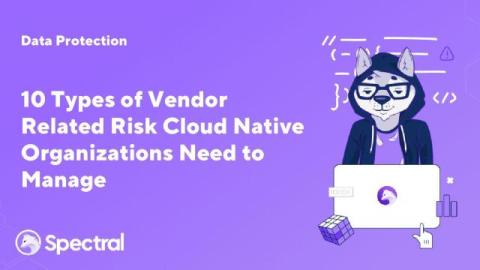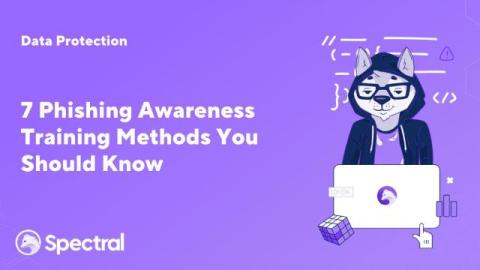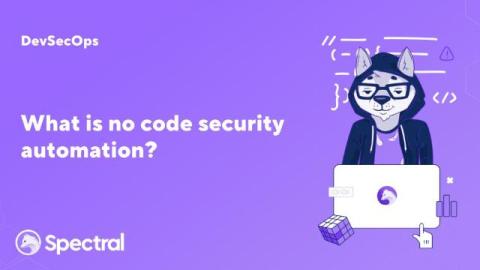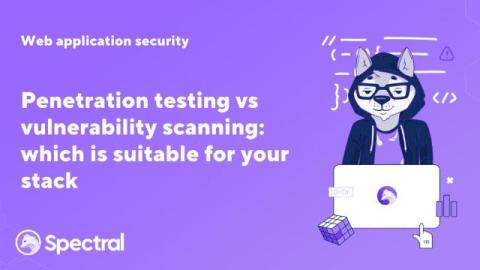Top 10 data governance tools for 2024
While artificial intelligence and big data steal the spotlight, a less glamorous but equally crucial discipline is quietly shaping the future of business: data governance. With European regulators imposing fines of up to 17.29 million pounds for data mismanagement, it’s clear that data governance is not just a compliance checkbox. It’s a strategic investment that can empower your organization with a tangible return on investment.


